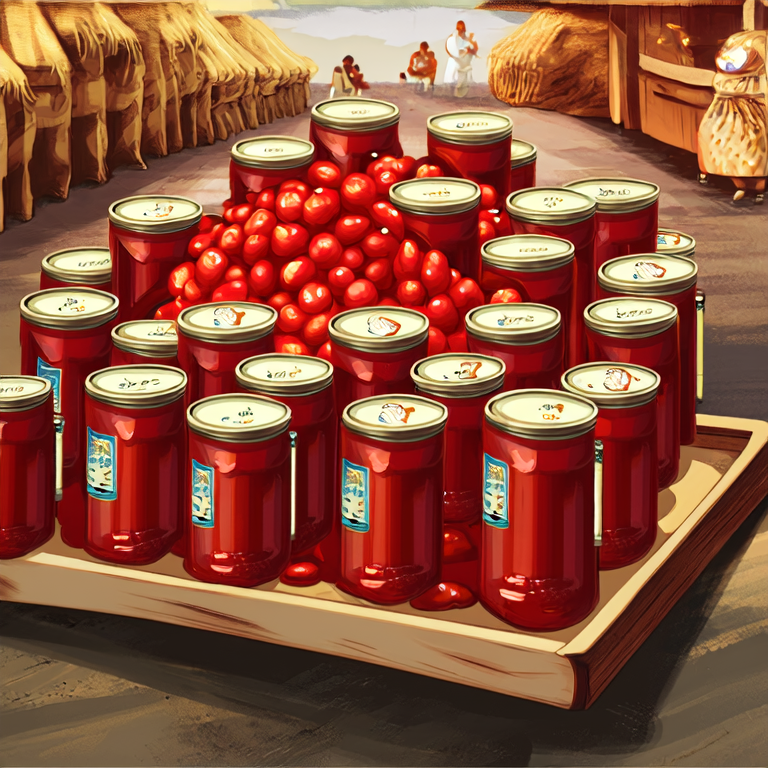Tomato paste is a staple ingredient for various dishes, making it essential for many food manufacturers and distributors to understand its shelf life. The shelf life can vary significantly based on the packaging format, whether it’s canned, bottled, or in pouches. In this article, we will explore how each packaging type affects the longevity of Wholesale Tomato Paste and what this means for consumers and distributors alike.
Table of Contents
- 1. Canned Tomato Paste
- 2. Bottled Tomato Paste
- 3. Pouched Tomato Paste
- 4. Tips for Extending Shelf Life
- 5. Conclusion
1. Canned Tomato Paste
Canned tomato paste is one of the most common packaging formats. It can last up to 1-2 years if unopened and stored properly. Once opened, it should be used within 5-7 days for best quality. Make sure to transfer it to an airtight container to prevent spoilage.
Storage Tips:
- Keep in a cool, dark place.
- Avoid exposure to moisture and heat.
2. Bottled Tomato Paste
Bottled tomato paste also provides a decent shelf life, lasting around 1 year when unopened. After opening, it should be refrigerated and consumed within 10-14 days to maintain freshness.
Additional Storage Considerations:
- Seal tightly after each use.
- Use within the date indicated on the label.
3. Pouched Tomato Paste
Pouched tomato paste offers increased convenience and typically has a shelf life of about 1 year unopened. Once opened, it is best used within 5-7 days as well. They are lightweight and often have resealable options, which aids in keeping the contents fresh.
Recommendations for Pouches:
- Store them in a cool and dry area.
- Ensure resealing properly to avoid air exposure.
4. Tips for Extending Shelf Life
Regardless of the type, here are some universal tips to help extend the shelf life of wholesale tomato paste:
- Keep it in a stable temperature environment.
- Use clean utensils to avoid contamination.
- Check for any signs of spoilage such as off-smells or mold.
Visual Guide

5. Conclusion
The shelf life of tomato paste can greatly vary by packaging type—canned varieties lasting about 1-2 years, bottled about 1 year, and pouches around the same duration. Understanding these differences is crucial for distributors and users alike to ensure quality and safety of the product. Proper storage techniques will most definitely preserve the tomato paste, making it a reliable ingredient for any culinary needs.